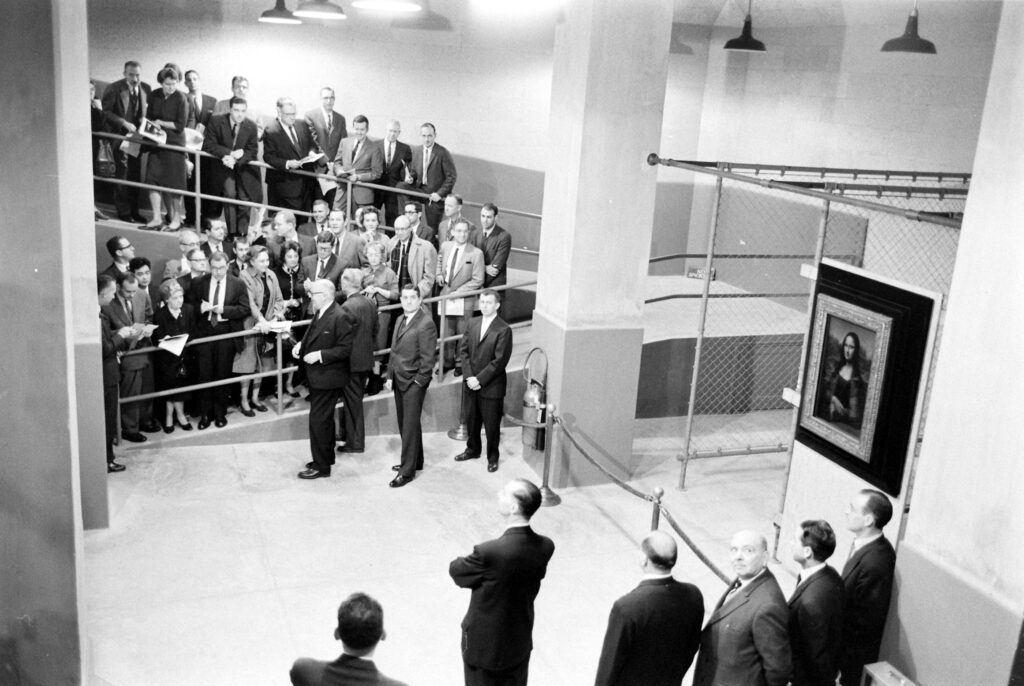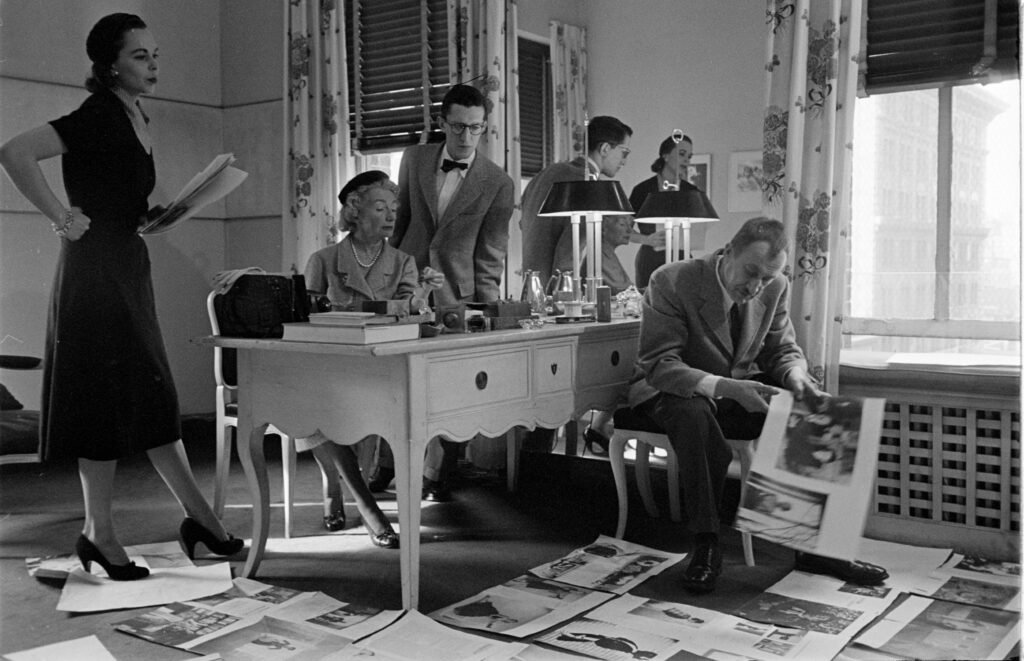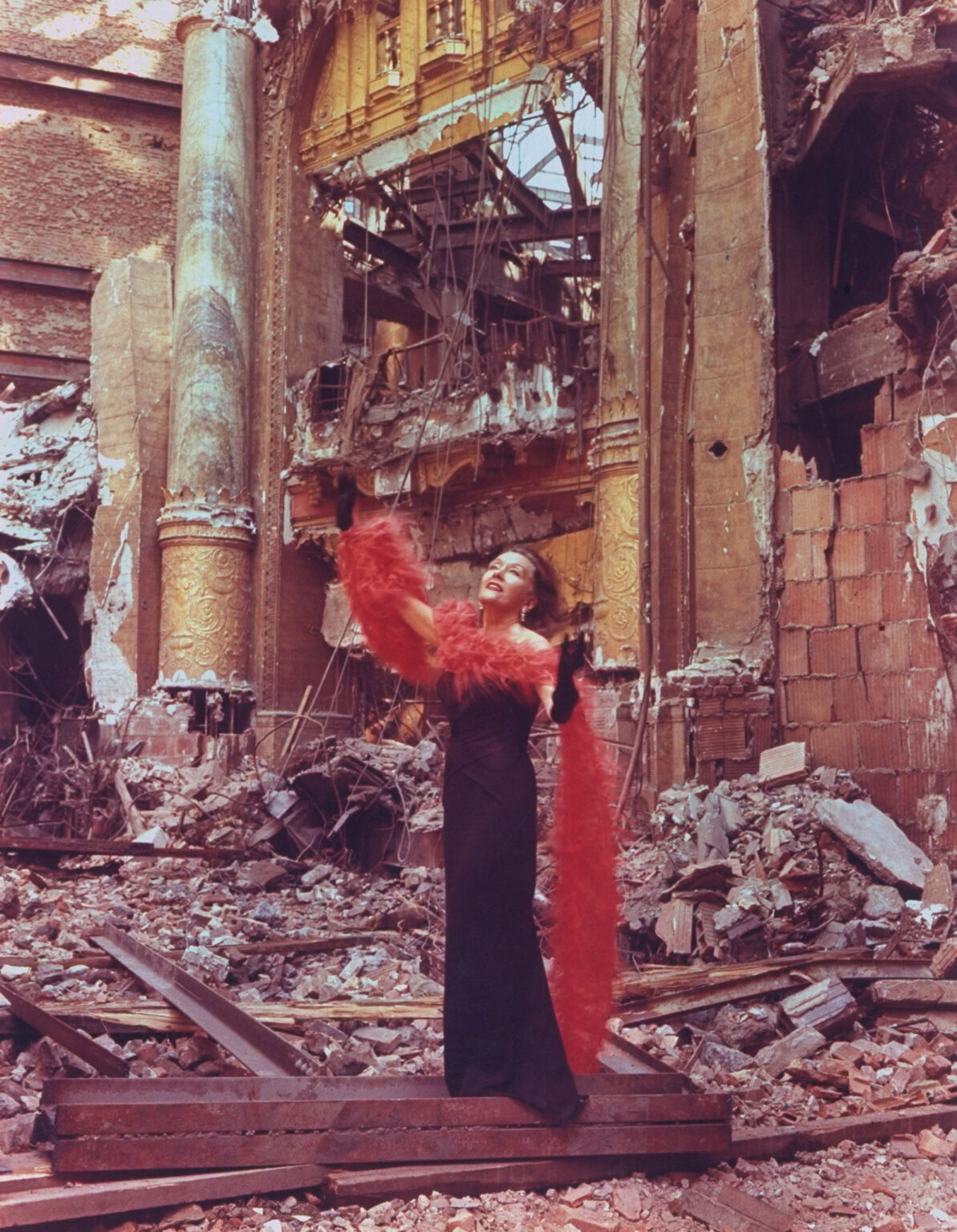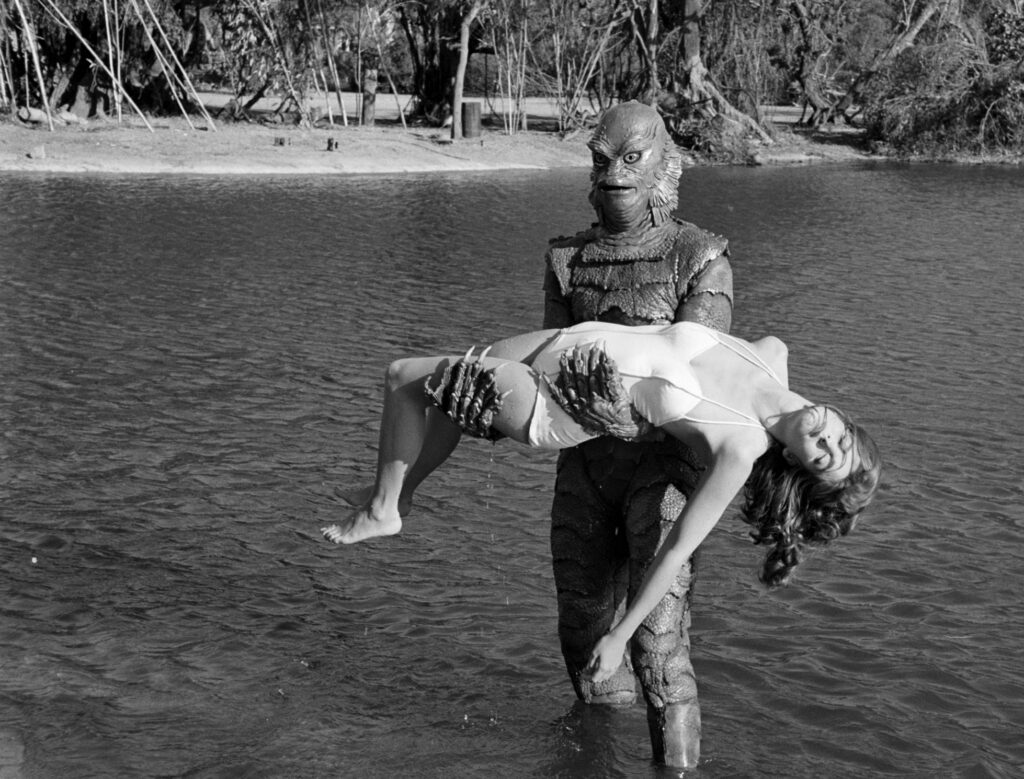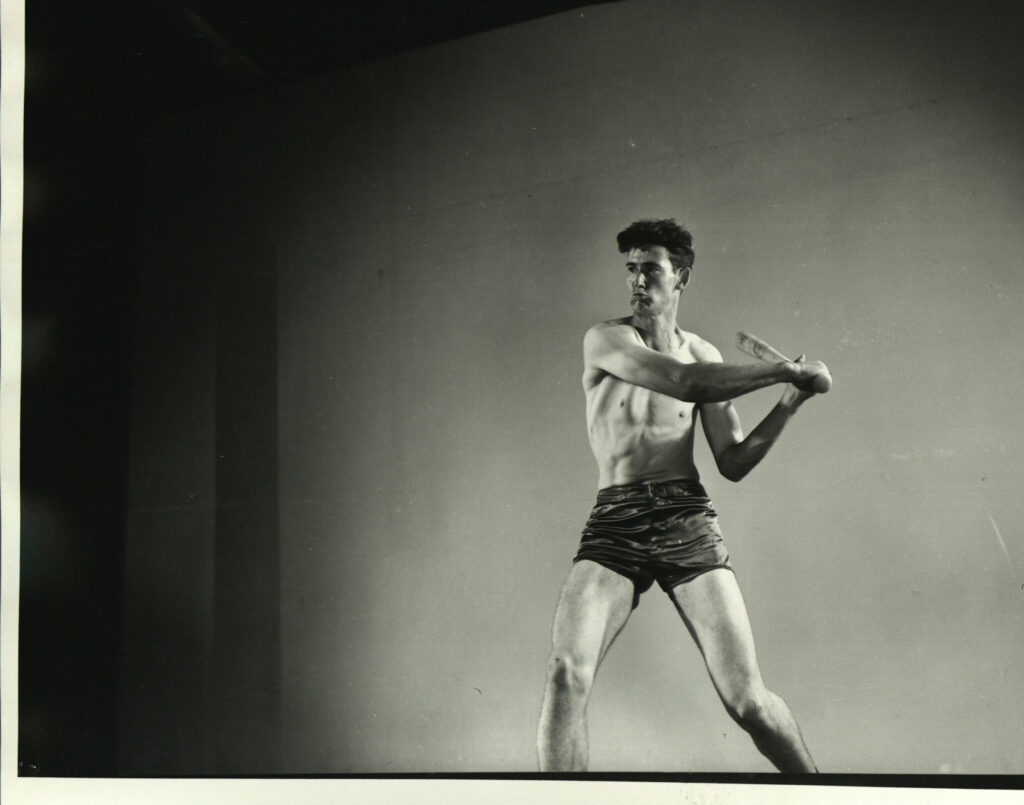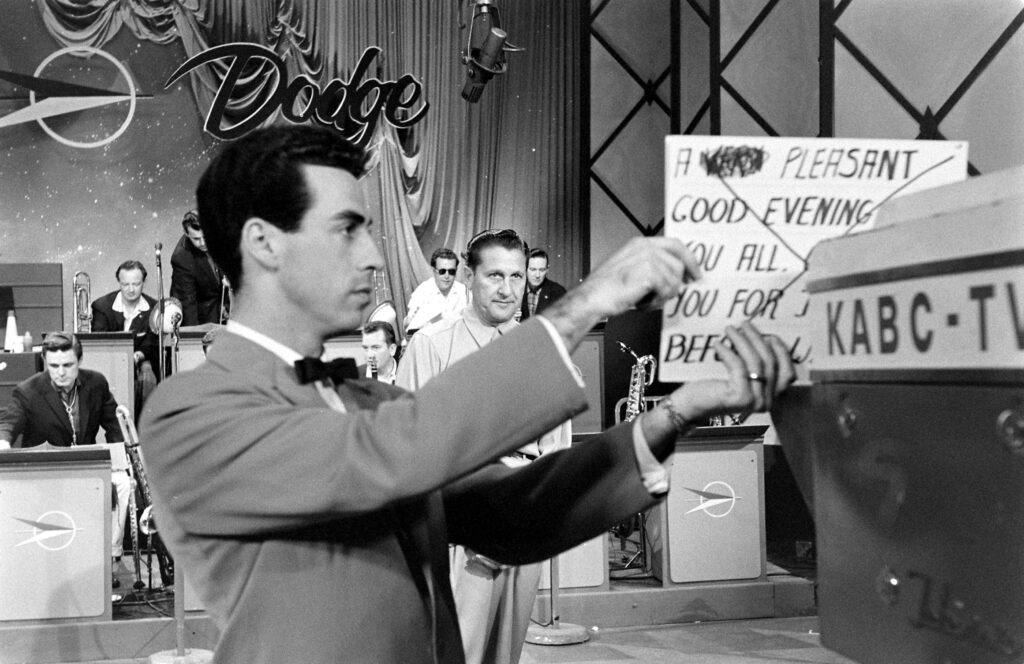Written By: Olivia B. Waxman, Liz Ronk
In 1966, after LIFE photographer John Loengard first shadowed the artist George O’Keeffe at Abiquiu, one of her New Mexico homes, the images he created were put aside by editors, consigned for some future moment when there would be a small spot in the magazine that needed filling.
But it quickly became clear that O’Keeffe demanded more attention. Though O’Keefe—born Nov. 15, 1887 in a Wisconsin farmhouse—had been painting through much of the 1920s and ’30s, she was starting to become a more of a household name outside of the New York art world. (The phrase household name does not do full justice today. She died in 1986, and in 2014 her painting Jimson Weed/White Flower No. 1 sold for $44.4 million, establishing a record-high price for a female artist.)
Back in ’66 Loengard was dispatched back to New Mexico, to the artist’s other home at Ghost Ranch, and the result was a cover story and 13-page photo spread in the March 1, 1968 LIFE magazine.
“She became a celebrity because of her independence, because of the way she engineered her life in such a simple way that she looked like a role model for counterculture lifestyle, and LIFE played that up in those pictures,” said Wanda M. Corn, a curator at the Brooklyn Museum and a Stanford University professor emerita in Art History. The spread “hit a nerve in ’68 with people who wanted to leave urban living and who are beginning to think about sustainable lifestyles that aren’t dependent on modern technology. The hippies are about ready to emerge, the feminists are about ready to emerge this is part of a new public for her. It’s only really late in her life that she becomes famous to people who know nothing about art, when they discovered her through something like LIFE.”
Loengard recalled what it was like to photograph her in 1966 and 1968 at her two homes in New Mexico:
She drove me over to Ghost Ranch for lunch, and I hadn’t taken my cameras out because I wanted her to feel as if what I was interested in was different from other photographers. I wanted it to be something that would interest her. So she started talking about her morning and evening walks and how she would kill rattle snakes on the walks and collect the rattles. She brought them out in tiny match boxes. I said, “Do you mind if I take a picture of the matchboxes?” My manners were impeccable.
I left after lunch and came back at dawn the next morning to go on a morning walk with her. And from there, we got along for three days. She had just finished a picture of clouds, fluffy clouds, and she wanted to know whether I liked it, so we talked about planes and her trip to Indonesia. She had a reputation of being a hermit, but she couldn’t have been more friendly, and I was surprised that she had a very good, wry sense of humor that would come out when she’d remark about New York or the weather. She smiled a great deal, but I only took one photograph of her laughing.
One of the things that interests me now is the picture I took of her holding a favorite rock that she told me she stole from Eliot Porter, a famous nature photographer, on a rafting trip. I think that’s a very striking picture. [The rock] is not the kind of thing you’d think of as inspiring to a painter. Her work in general, was that she just took what interested her, or that she happened to walk by and notice, or that came to her in the mail. It’s the same thing as how she loved to get packages from Neiman Marcus because in those days they were packaged very flamboyantly, with paper flowers that she kept and hung up in her bedroom at Ghost Ranch.
One of the reasons I was eager to photograph her is that I have great admiration for the work of Alfred Stieglitz [a prominent photographer to whom she had been married]. She refused to talk about him, and the only thing she’d talked about was her role as being in charge of making sure laundry was collected and done at the Stieglitz family’s house in the Adirondacks. She was interested to know if I knew about the New York art scene, but once she found out that I didn’t have gossip about the people she knew in the painting scene, she clearly didn’t want to be bothered by all the boys back East.
The pictures were received very well when I got back but it took a year and a half before anyone made a layout because it was thought to be a small story. A year and a half later, [the LIFE editors] decided we should try to do a cover, so I went out to Ghost Ranch again with Dorothy Seiberling, the art editor. The only place I could think of that we hadn’t been was the roof of her house, which you get to by climbing a rustic, wooden ladder, and there she was, halfway climbing down the ladder.
So in the picture [on the cover], she looks like she’s at rest, but she isn’t really. She is sort of coiled.

The photo of Georgia O’Keeffe that graced the cover of the March 1, 1968 issue of LIFE.
John Loengard / The LIFE Picture Collection

Georgia O’Keeffe at her home in New Mexico, 1968.
John Loengard / The LIFE Picture Collection

A pig’s skull adorned a wall in Georgia O’Keeffe’s home.
John Loengard The LIFE Picture Collection/Shutterstock

Overhead beams shadowed the wall of a roofless courtyard at Abiquiu, N.M.
John Loengard / The LIFE Picture Collection

Georgia O’Keeffe in her studio at Abiquiu.
John Loengard / The LIFE Picture Collection

Georgia O’Keeffe’s studio at Ghost Ranch, New Mexico.
John Loengard / The LIFE Picture Collection

Georgia O’Keeffe rummaged through piles of photographs.
John Loengard / The LIFE Picture Collection

Georgia O’Keeffe’s studio, 1968.
John Loengard / The LIFE Picture Collection

Georgia O’Keeffe had a morning visitor at the ranch.
John Loengard / The LIFE Picture Collection

Georgia O’Keeffe picked vegetables at Abiquiu.
John Loengard / The LIFE Picture Collection

A collection of antlers, skulls and bones on a window sill at Ghost Ranch, artist Georgia O’Keeffe’s home.
John Loengard / The LIFE Picture Collection

Georgia O’Keeffe in her garden.
John Loengard / The LIFE Picture Collection

Ghost Ranch, the desert home of artist Georgia O’Keeffe.
John Loengard / The LIFE Picture Collection

Georgia O’Keeffe at home with her pet chows.
John Loengard / The LIFE Picture Collection

A chow trotted across the sage-blown patio.
John Loengard / The LIFE Picture Collection

A basketful of vegetables was readied for use at the ranch.
John Loengard / The LIFE Picture Collection

A favorite stone and a favorite belt.
John Loengard / The LIFE Picture Collection

Georgia O’Keeffe in the bedroom at Abiquiu.
John Loengard / The LIFE Picture Collection



















